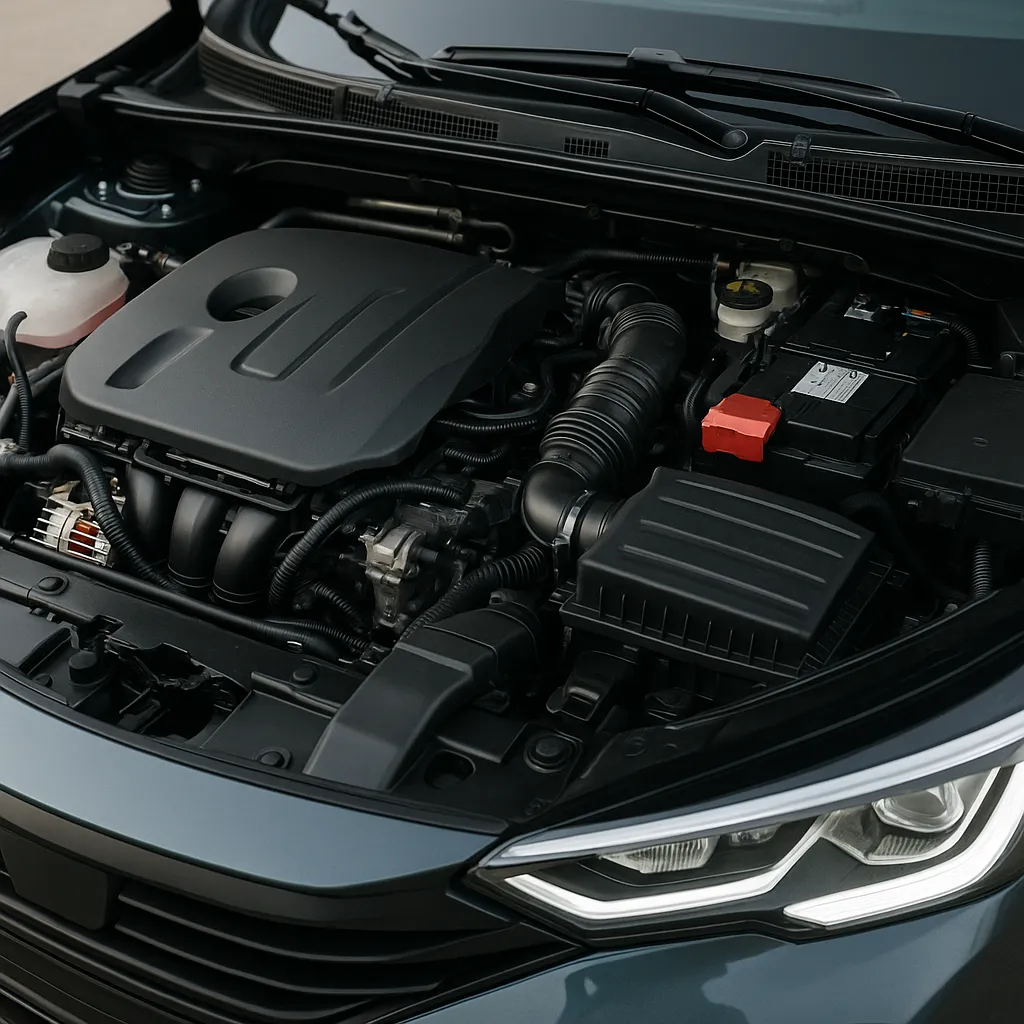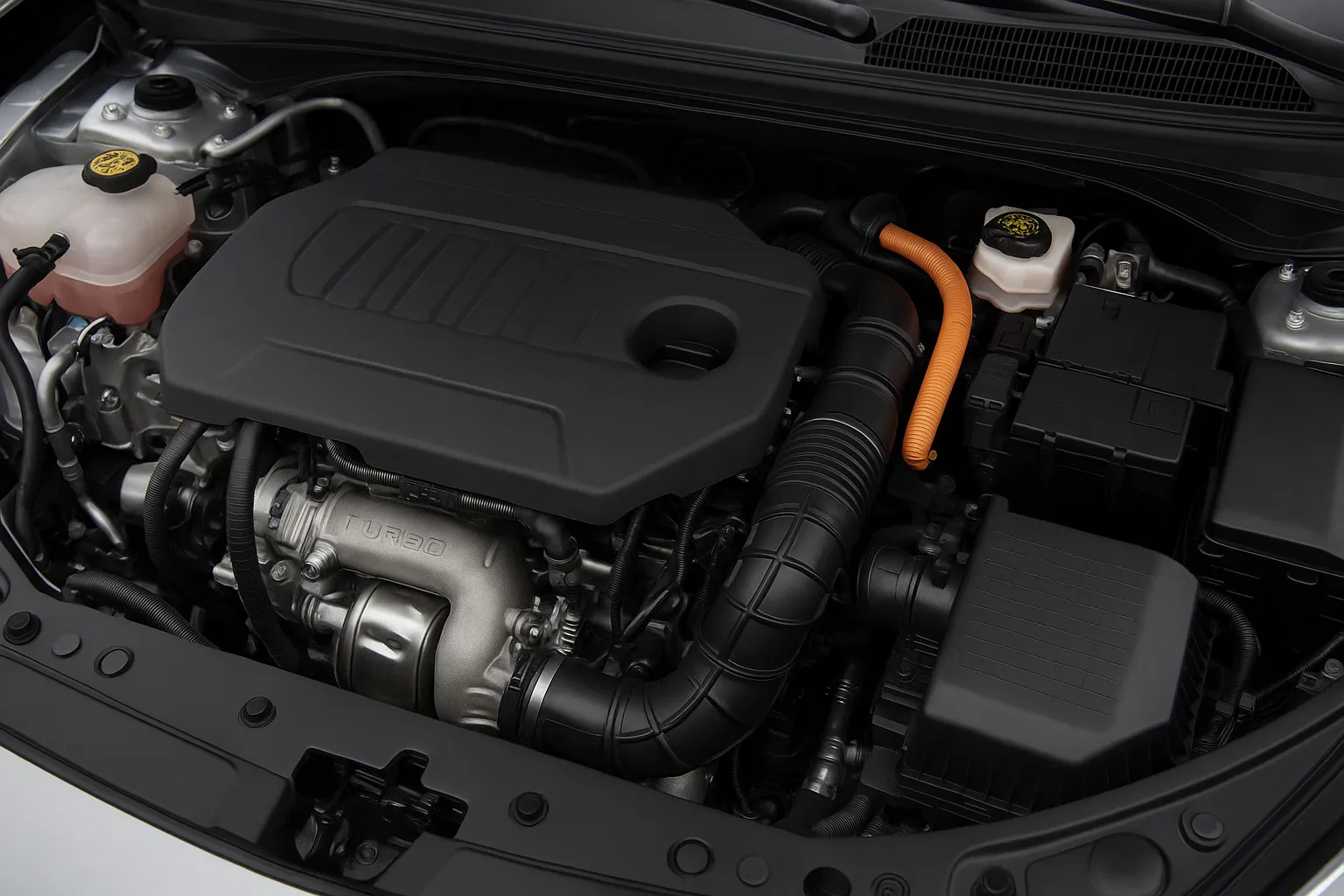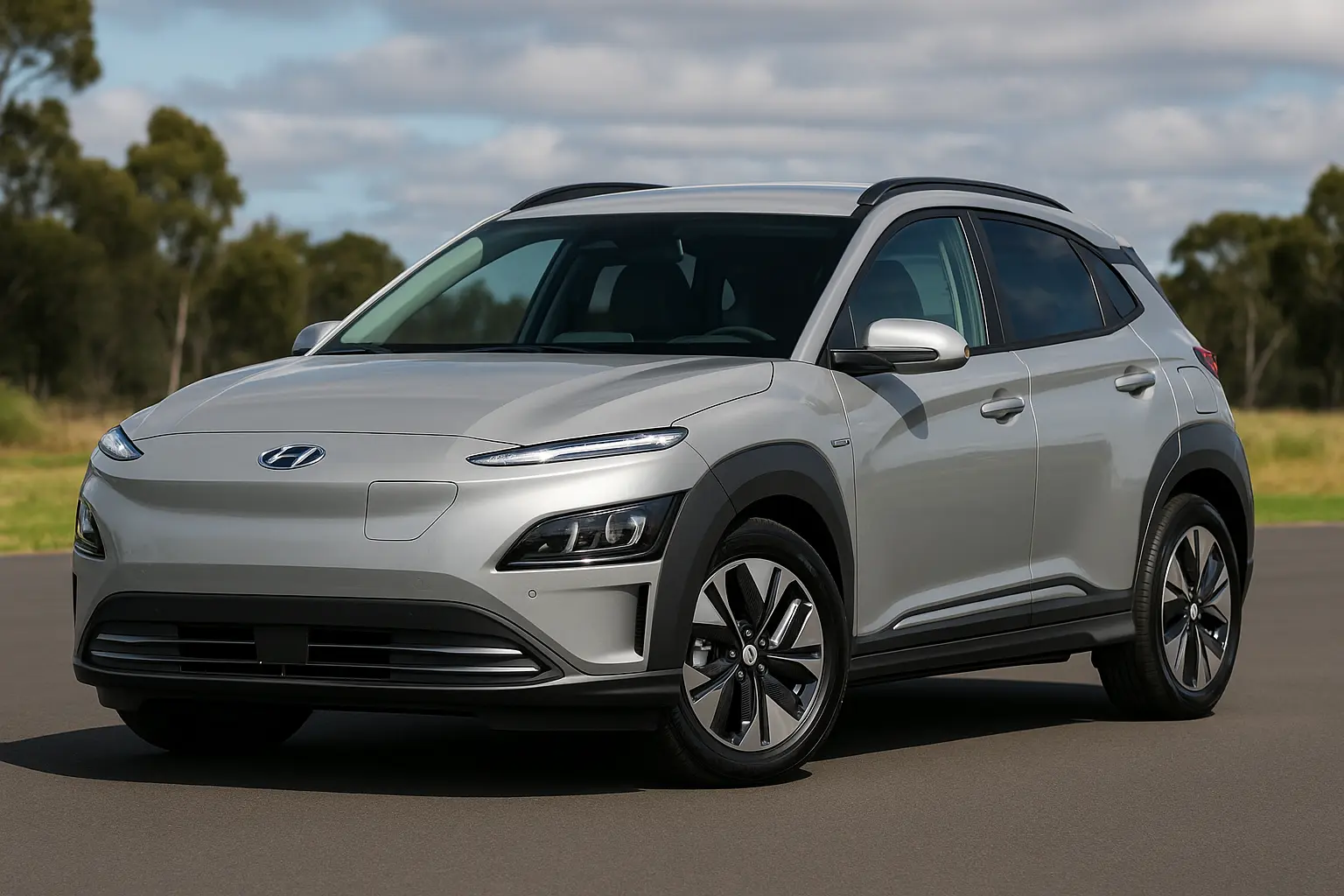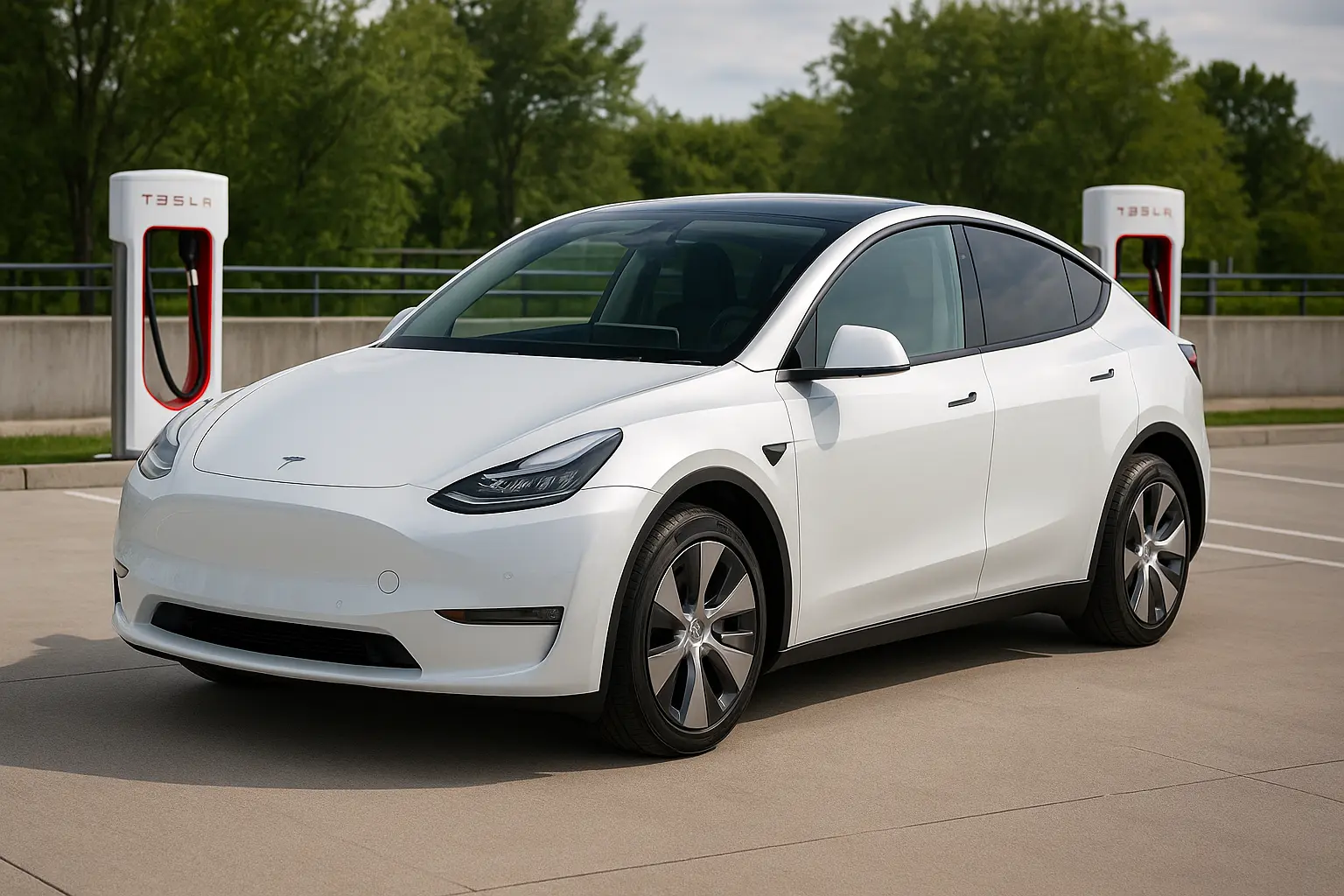Whether you're eyeing an SUV for the family, a zippy hybrid for city life, or a powerful ute for work and weekend adventures, understanding car specifications (specs) is critical in 2025. With vehicles now loaded with tech and performance features, it's easy to get lost in a sea of acronyms, numbers, and marketing buzzwords.
In this complete guide, we’ll break down essential car specs every Aussie buyer should understand—so you can make the smartest purchase possible this year.

Why Car Specs Matter in 2025
With automotive technology rapidly evolving, specs are more than just numbers—they're indicators of:
- Performance: How the car drives and handles.
- Efficiency: How much it costs to run.
- Safety: How well it protects you and your passengers.
- Comfort: How enjoyable it is to own and drive.
In 2025, it's no longer enough to go by brand reputation alone. Understanding what’s under the bonnet—and beyond—helps you make a confident, informed decision.
Performance Specs Explained
🔧 Engine Types in 2025
You’ll typically find:
- Petrol Engines – Still popular for small cars and sedans.
- Diesel Engines – Common in 4WDs and tradie utes.
- Hybrids (HEVs) – Great for fuel economy.
- Plug-in Hybrids (PHEVs) – Can drive short distances on electric power.
- Battery Electric Vehicles (BEVs) – Fully electric, zero tailpipe emissions.
⚡ Power (kW) and Torque (Nm)
- Kilowatts (kW) measure the engine’s power output. More kW = stronger acceleration.
- Torque (Newton-meters or Nm) impacts pulling power—important for towing or off-road.
✅ Example: The 2025 Toyota Hilux diesel offers up to 500Nm of torque, great for towing.
🕒 Acceleration (0–100 km/h)
This measures how quickly a car reaches 100 km/h from a standstill.
- Sports cars like the 2025 Ford Mustang boast under 5 seconds.
- Family SUVs like the Kia Sorento sit around 8–10 seconds.
⚙️ Transmission Types
- Manual – Less common, gives full control.
- Automatic (Torque Converter) – Smooth, traditional style.
- CVT (Continuously Variable Transmission) – Found in hybrids, great for fuel economy.
- DCT (Dual-Clutch Transmission) – Fast gear changes, sporty feel.
Fuel Efficiency & Economy
⛽ Fuel Consumption (L/100km)
This is the amount of fuel used per 100km. Lower is better.
- <5.0 L/100km = Very efficient (e.g. Toyota Corolla Hybrid)
- 6–9 L/100km = Average petrol vehicles
- 10+ L/100km = Performance or large SUVs
🔋 Hybrid vs Electric vs Petrol
| Powertrain | Pros | Cons |
|---|---|---|
| Petrol | Cheap initial cost | Higher fuel use |
| Hybrid | Efficient in traffic | Still uses petrol |
| Electric | Cheap to run, quiet | Charging time & infrastructure |
2025 Tip: Look for WLTP-rated figures for real-world consumption, not just lab-tested numbers.
Safety Specifications
🚦 ANCAP Safety Ratings
In Australia, ANCAP provides 1 to 5-star safety scores based on crash testing. Always aim for 5 stars.
🔐 Key Safety Features in 2025 Cars
- AEB (Autonomous Emergency Braking)
- Lane Keep Assist
- Blind Spot Monitoring
- Rear Cross Traffic Alert
- Adaptive Cruise Control
- 360-Degree Camera
- Driver Monitoring System (newer 2025 feature)
Comfort & Convenience Specs
🛋️ Interior Space
Interior dimensions like legroom, headroom, and boot space determine real-life usability.
| Class | Boot Space (approx) |
|---|---|
| Small hatchback | 250–350L |
| Mid-size SUV | 500–650L |
| 7-seater SUV | 150–300L (with 3rd row up) |
🎵 Infotainment & Tech
- Screen size (e.g. 10.25" touchscreen)
- Digital instrument cluster
- Sat Nav
- Voice control
- Wireless charging
- In-car Wi-Fi
Look for models with Apple CarPlay and Android Auto—now often wireless in 2025.
❄️ Air Conditioning & Climate Zones
- Dual or tri-zone climate control gives passengers personal comfort.
- Rear AC vents are now standard in most family SUVs.
Dimensions & Weight
📏 External Dimensions
- Length/Width/Height: Crucial for garage fit, parking, and road handling.
- Larger vehicles offer space but are harder to maneuver.
⚖️ Kerb Weight vs GVM
- Kerb Weight: Car’s weight without passengers or cargo.
- GVM (Gross Vehicle Mass): Max weight when loaded.
Exceeding GVM is unsafe and illegal—check this if towing or using roof racks.
Technology & Connectivity
2025 is the year of smart cars.
🧠 ADAS – Advanced Driver Assistance Systems
Look for:
- Traffic sign recognition
- Semi-autonomous highway driving (e.g., Hyundai Highway Drive Assist)
- Parking assist (auto park in parallel spots)
🌐 Connectivity
- OTA (Over-The-Air) updates keep your system fresh without visiting a dealer.
- Bluetooth 5.0+ for stronger, stable connections.
- Multiple USB-C ports and wireless Android Auto/Apple CarPlay are becoming the norm.
Battery & EV-Specific Specs
🔋 EV Range (WLTP)
- 200–300km: Budget EVs (e.g. MG4, BYD Dolphin)
- 400–500km: Mid-tier models (e.g. Tesla Model 3)
- 600km+: Premium EVs (e.g. Kia EV9, Hyundai Ioniq 6 Long Range)
⚡ Charging Time
- AC Charging (home): 7–10 hours
- DC Fast Charging: 15–45 minutes (10% to 80%)
🪫 Battery Size
Battery size is measured in kWh (kilowatt-hours). Bigger = more range.
- 39 kWh: Compact city EVs
- 77–100 kWh: Long-range EVs
Maintenance & Ownership Factors
🔧 Service Intervals
- Petrol/Diesel: every 10,000–15,000km or 12 months
- EVs: fewer moving parts = less frequent servicing
🛡️ Warranty in 2025
- 5 years/unlimited km = industry standard.
- Hyundai, Kia, GWM offer 7-year warranties.
- Battery warranties for EVs: often 8 years/160,000km
💰 Resale Value Considerations
Cars with:
- Higher ANCAP ratings
- Low fuel consumption
- Strong service records
retain better value.
🛠️ Maintenance Specs to Review
- Tyre size & replacement cost
- Timing chain vs belt (belt = more maintenance)
- Brake types – some EVs use regenerative braking = less wear
✅ Final Checklist – Car Specs Every Buyer Must Check in 2025
| Spec | Why It Matters |
|---|---|
| Engine Type | Fuel economy, performance, long-term cost |
| Power & Torque | Driving experience, towing capacity |
| ANCAP Rating | Family safety |
| Fuel Economy | Running costs |
| Interior Features | Daily comfort, tech preferences |
| Dimensions | Garage fit, boot space, maneuverability |
| Warranty & Service | Cost of ownership |
| EV Battery & Range | For electric car buyers |
🔚 Final Thoughts
Buying a car in 2025 means more choices and tech than ever before. But don’t let the brochures overwhelm you—focus on the specs that match your lifestyle, budget, and driving needs. Whether you're comparing a hybrid hatchback, a family SUV, or a fully electric sedan, the right specifications will steer you to the perfect vehicle.
Understanding the numbers today means confidence behind the wheel tomorrow.
Leave a comment
Your email address will not be published. Required fields are marked *




















